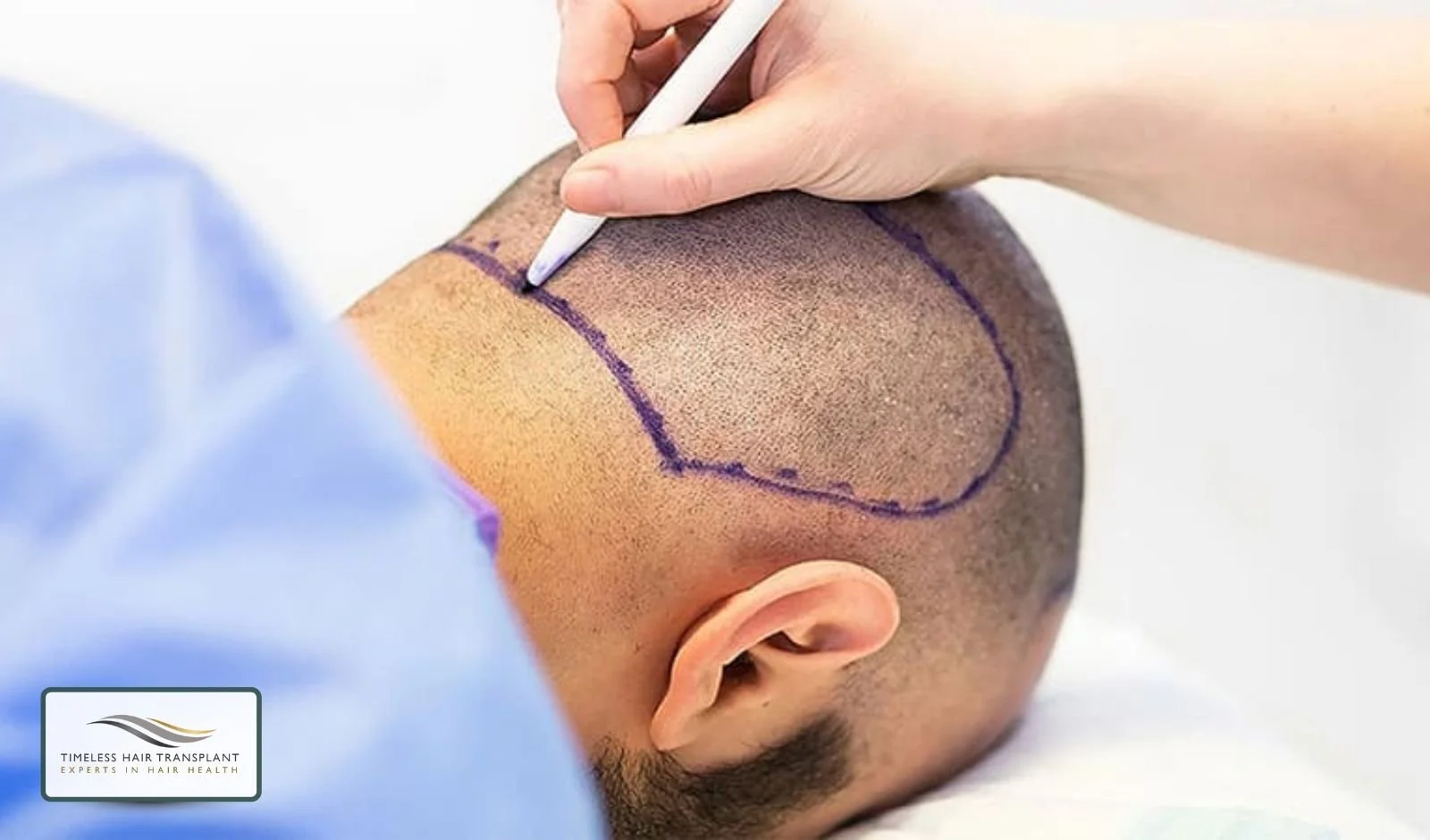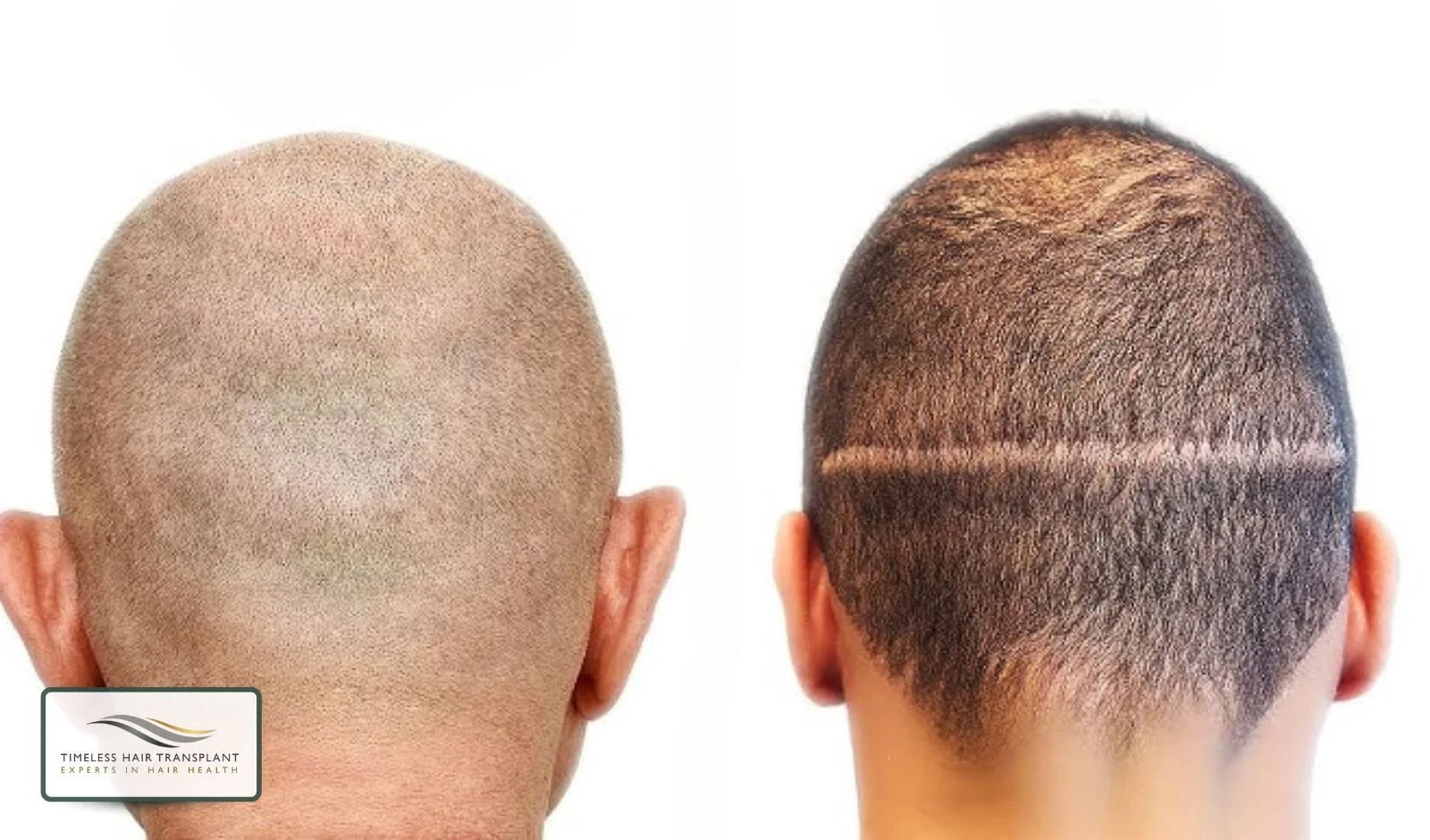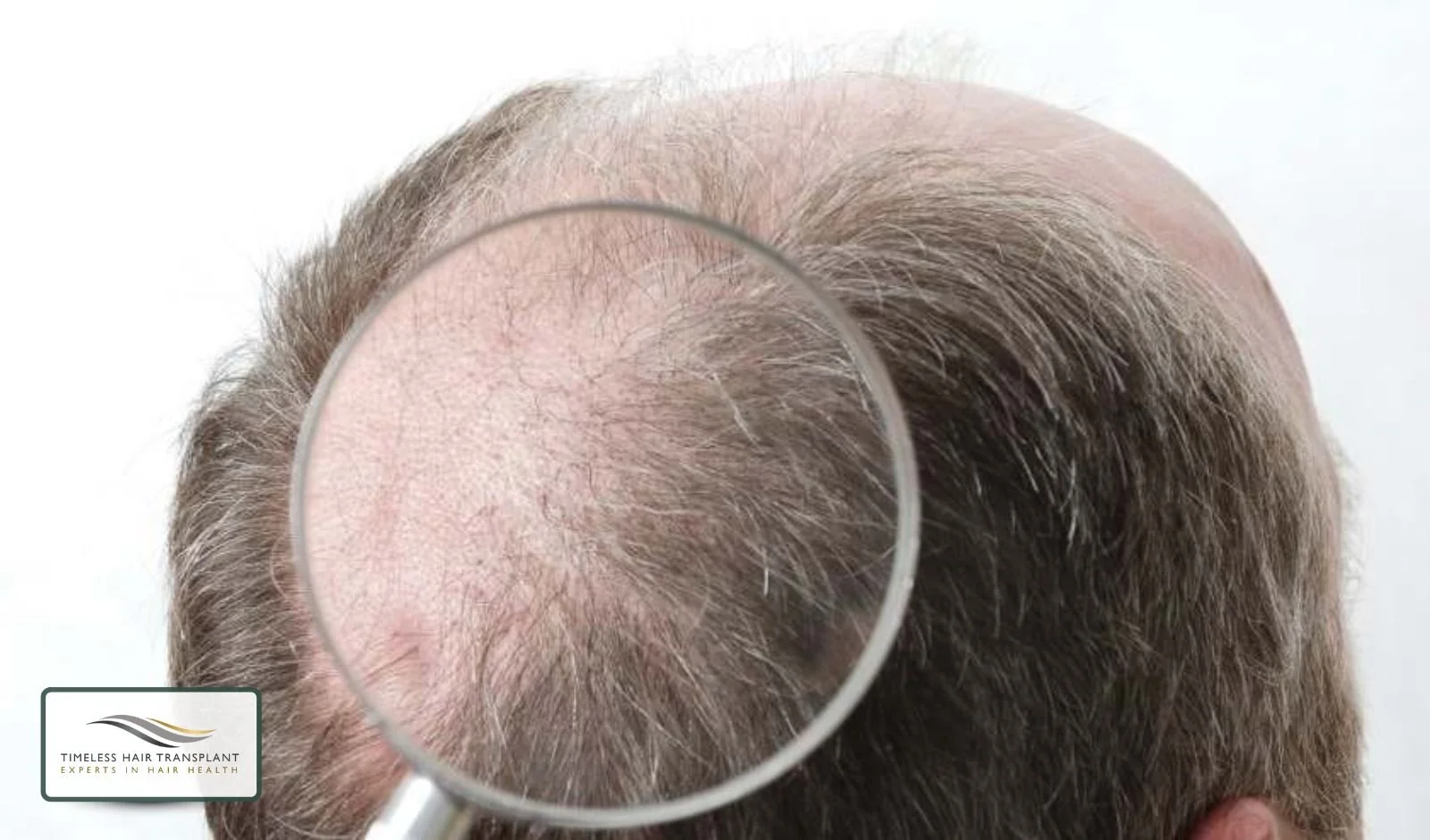Does FUE Hair Transplant Leave Scars? Facts You Need
A common concern for anyone considering this procedure is: “Does FUE hair transplant surgery leave scars?” The answer is yes, but the marks are so small that they’re almost invisible, especially when performed by an experienced surgeon.
In this guide, we’ll explain how these tiny scars form, how they compare to other transplant methods, and what steps you can take to keep your results looking natural and undetectable.
Understanding How FUE Works
An FUE hair transplant is a hair restoration procedure where individual hair follicles are removed from a donor area (usually the back or sides of the scalp) and placed into thinning or bald areas of the scalp.
Unlike Follicular Unit Transplantation (FUT), which removes a strip of skin and leaves a single linear scar, FUE transplantation involves using a small punch tool to remove follicles one at a time. This approach means:
No large linear scar
Faster healing compared to FUT
Flexibility to wear your hair short without obvious scarring
Learn How FUE Minimizes Scars
Do FUE Hair Transplants Leave Scars?
Yes, but the type of scar left by FUE is very different from FUT.
FUE leaves microscopic dot scars in the donor area. These tiny marks are:
Less than 1mm in size
Spread across the donor region rather than concentrated in one line
Blended easily with surrounding hair, making them almost invisible
These are known as FUE hair transplant scars and are often hidden completely once natural hair grows back.
FUE vs. FUT Scarring
Here’s how they differ:
FUE Scars - Tiny round dots, minimal visibility, especially with short hairstyles.
FUT Hair Transplant Scars - One long linear scar where the strip of skin was removed, harder to hide with short hair.
For patients who want the freedom to keep their hair cropped close, FUE is usually the better option.
Factors That Affect Scarring
Even though FUE hair transplant scars are minimal, their appearance depends on several factors:
Surgeon’s Skill - A precise punch tool and careful extraction reduce visible scars.
Punch Size - Smaller tools create less scar tissue.
Number of Grafts - More grafts mean more small scars, though still subtle.
Healing Process - Following aftercare instructions helps scars fade faster.
Hair Type & Skin Tone - Coarser hair and lighter skin may make scars more visible.
How to Minimise Visible Scars After FUE
While transplantation involves making tiny incisions, you can help ensure they heal well by:
Choosing a skilled, reputable hair transplant clinic
Avoiding scratching the scar in the donor area during healing
Keeping both donor and recipient area clean
Avoiding contact sports and strenuous exercise in the first 14 days to prevent irritation or injury
Following your surgeon’s post-operation care plan
Healing Timeline for FUE Scars
Days 1-3: Slight redness, swelling, and small scabs in the donor area.
Week 1: Scabs begin to fall away naturally.
Weeks 2-3: Redness fades, and scars fade into surrounding skin.
Months 3-6: Scars are almost invisible to the naked eye.
Can Scarring Be Completely Avoided?
No, any hair transplant surgery will leave some form of scarring because the punch tool or scalpel removes tissue from the scalp. However, with FUE, these are so small that most people will never notice them.
The only way scars might be visible is if:
The donor area is shaved extremely short
The procedure is done by an inexperienced surgeon, causing poor healing
There is excessive scar tissue from improper aftercare
Long-Term Hair Growth and Scarring
Once your transplanted hair starts growing, it will blend naturally with the surrounding hair, further hiding any tiny marks. Since the hair transplant procedure moves follicles resistant to male pattern baldness, the results are permanent.
Over time, FUE hair transplant scars will become almost impossible to detect unless someone closely examines the donor area.
Why Choose Timeless Hair Transplant?
At Timeless Hair Transplant, our focus is on achieving natural results while keeping scarring to a minimum. By using advanced FUE methods, precise graft placement, and the latest technology, we help patients restore their hair with confidence.
What makes us different:
Specialists in both FUE and FUT procedures
Customised plans tailored to your hair type and goals
Techniques designed to reduce visible scarring
Full support from consultation to aftercare
While it’s true that FUE leaves very small dot-like scars, they are almost invisible once healed, especially when performed by an experienced surgeon. Compared to FUT, which can leave a longer linear scar, FUE offers a much more discreet outcome that allows most patients to wear shorter hairstyles without worry.
Call +44 (0) 7516294471 today to book your free consultation and take the next step toward fuller hair and a scar-conscious solution.
Frequently Asked Questions
-
Yes, all scars are permanent, but FUE scars are tiny and fade over time, making them nearly invisible.
-
They can’t be fully removed, but treatments like microneedling or laser therapy can make them even less visible.
-
Description text goes here
-
FUT leaves a linear scar, while FUE leaves tiny dot scars. FUE is better for minimal visibility.
-
Choose an experienced surgeon, follow post-op instructions, and protect the donor area while healing.




